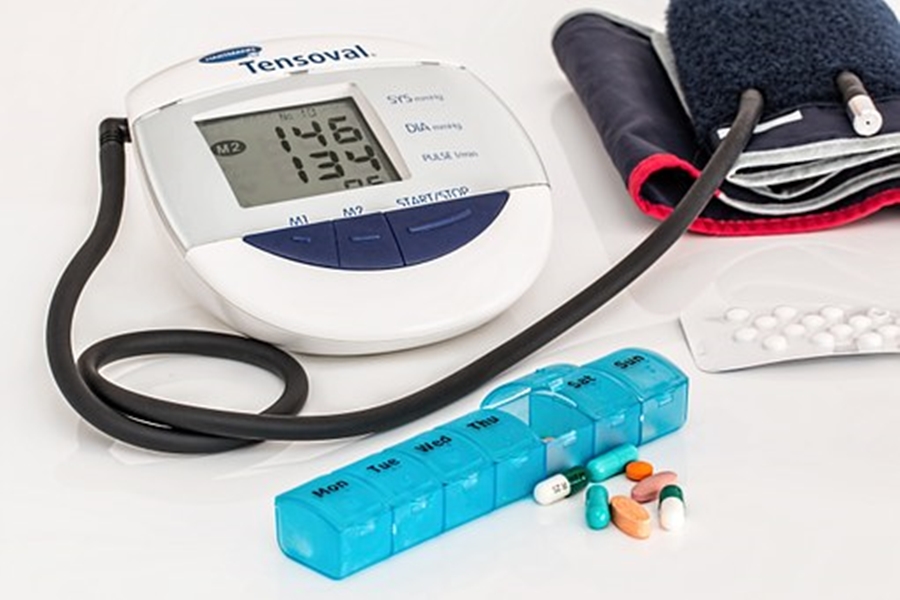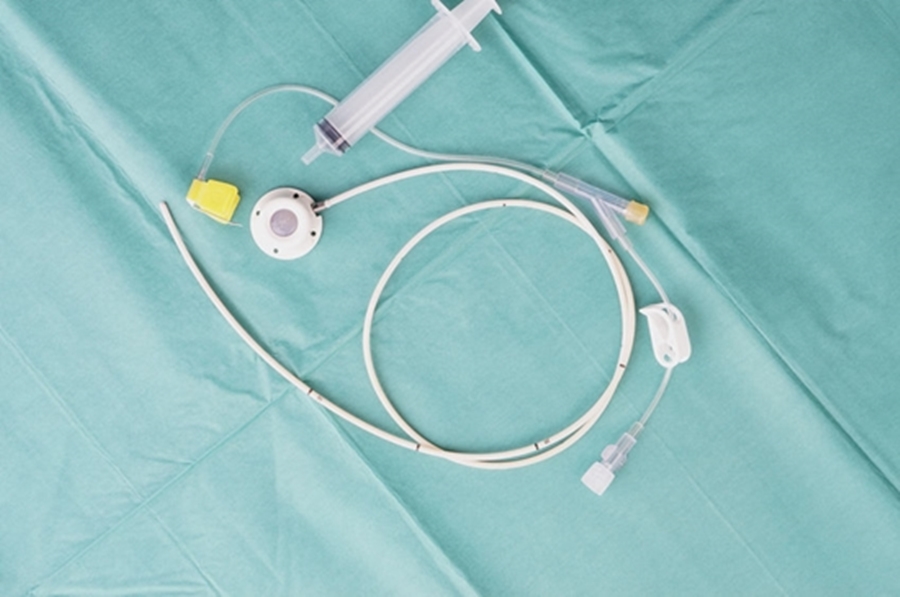Monitoring Your Vital Signs and Understanding Your Blood Pressure
Your blood pressure has two numbers:
- Systolic blood pressure (top number)- The top number of the blood pressure represents the amount of pressure the heart needs to push blood out of the heart against the artery walls’ resistance when the heart beats.
- Diastolic blood pressure (bottom number)-The bottom number of the blood pressure represents how much pressure remains in those same blood vessels (1) once the heartbeat has finished, (2) the heart has relaxed, and (3) it is resting between beats.
Blood Pressure Changes with Activity
Normal blood pressure fluctuates throughout the day as we conduct activities. It goes up with physical effort and drops when we sleep and rest but should always return to a resting range below 120/80 mm Hg.
Consider the Following Before Taking a Blood Pressure:
- The cuff size matters. The cuff should go around at least 80% of the upper arm. A significantly larger or smaller cuff may give you a false reading. Use an adult cuff on an adult and a pediatric cuff on a child.
- Do not take a blood pressure reading
- in an arm that has an IV running or a central line inserted below where the cuff would be applied,
- in the same arm as the side of a mastectomy or lumpectomy; or
- the same side as the location of a dialysis fistula or shunt.
Follow these links to videos showing how to perform a blood pressure:
How to Take Blood Pressure Using the 2-Step Method Produced by: RegisteredNurseRN
———————————————————————————–
ManualBloodPressure Produced by: RegisteredNurseRN
———————————————————————————-
Skill 6 BloodPressure Produced by: thehealthcareinstitute4787
———————————————————————————–
Blood Pressure ranges and Classifications

https://www.heart.org/en/health-topics/high-blood-pressure/understanding-blood-pressure-readings



